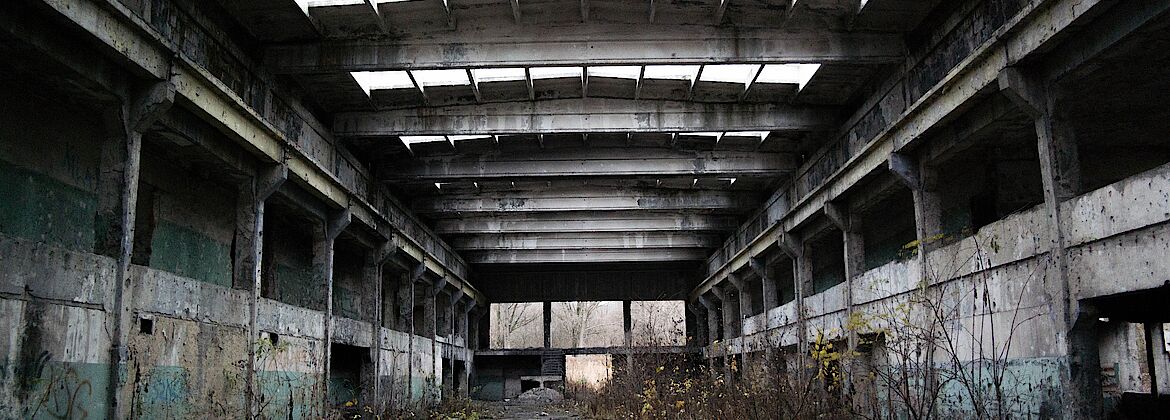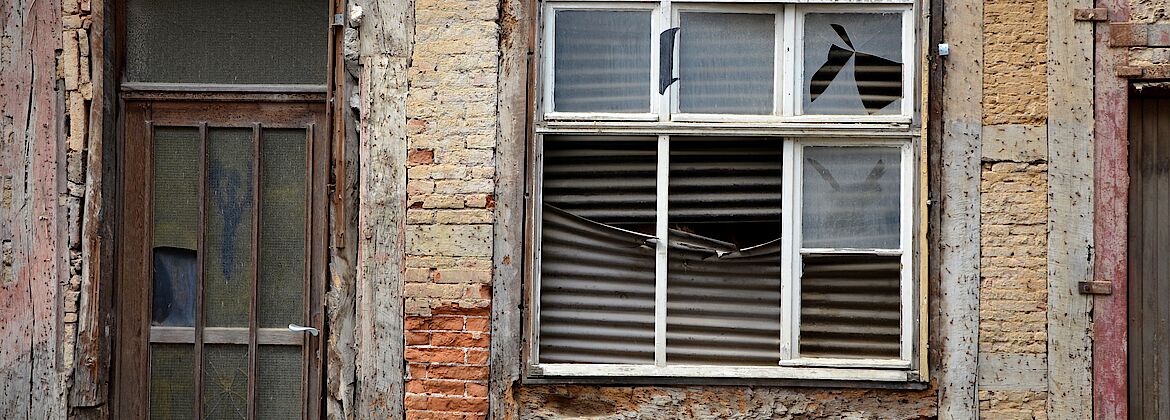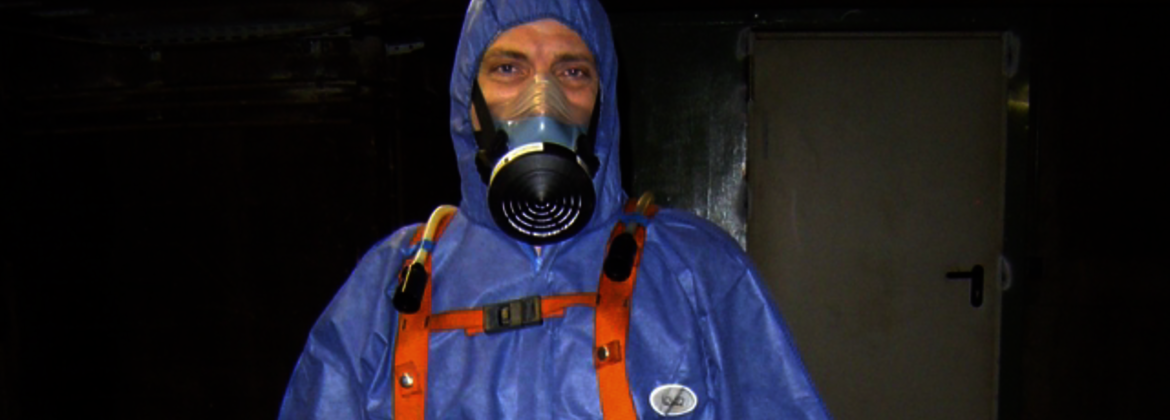Consulting - Indoor Air Pollution / Building Contaminants
We develop solutions for professional restorations
Poor air quality can be caused by deficiencies in the ventilation system as well as by building materials which release pollutants. In the case of changes in the use or modernization of buildings, some contaminated sites (for example asbestos) are to be found in the form of materials which are forbidden today (for example, asbestos), which must be completely removed in order to protect human health. Our experts find the cause of contamination and develop the solution for the appropriate rehabilitation.
We offer
In case of damage or deficiencies in ventilation systems, filters or filter systems:
- Carry out damage surveys on filters and filter media in the test laboratory or on site at the facility
- Preparation of damage expert reports by TÜV NORD
- Consultancy on the planning and installation of systems for improving air quality
In the case of contamination by building pollution:
- Collection and cadastration of building contaminants (eg asbestos, PCB, PAH etc.)
- Consultation on rehabilitation and construction of rehabilitation concepts
- Creation of contract specification for the renovation
- Expert monitoring of sanitation measures
- Release measurements
Contact
Accompanying Building Redevelopments
In the context of the conversion or modernization of buildings, one frequently encounters "contaminated sites", such as asbestos or PCB-containing building products, which were used as an ideal building material in earlier years.
The long-term experience of our knowledgeable employees enables the rapid and reliable detection, recording, cataloging and evaluation of these building contaminations. We offer you comprehensive advice regarding the existing building pollution as well as the preparation of a renovation concept. In addition, the expert consultancy of the sanitation measures, including verification of the necessary protective measures as well as the measurements accompanying the restoration (clearance measurements) belong to our area of responsibility so that we can offer you competence from a single source.
Our services:
- Building contaminants and cadastres
- Asbestos, PCB, PAH etc.
- Consultation
- Preparation of remediation concepts
- Creation of contract specifications
- Expert monitoring of sanitation measures
- Release measurements
Measuring Body for Indoor Air Measurements
As a result of the demand for increasingly energy-saving measures and an increasing sealing of the rooms, as well as through the use of special equipment materials, increased gaseous, particulate or microbial contamination can occur in the indoor air. But also by the presence of "contaminated sites", e.g. Asbestos- or PCB-containing construction materials cannot be excluded from a health hazard due to release as indoor air pollutants.
For this reason, attention must be paid to the dangers posed by pollutants in the interior. The modern man lives the most part of his life in interior spaces.
The effects of indoor air pollution can manifest themselves in sensitive persons from unpleasant odor and taste perceptions to neurotoxic symptoms (Sick Building Syndrome). For health and prophylactic reasons it is useful to analyze the air for hazards components and to determine its sources. The analysis results are evaluated by us and, on request, advice is given on how to proceed further.
Our services:
- Indoor air measurements
- Measurements and assessments of air quality in interior spaces according to DIN EN ISO 16000 / VDI 4300 (pollutant measurements in indoor air)
- Formaldehyde
- Volatile organic components (VOC)
- Polychlorinated biphenyls (PCBs)
- Polycyclic aromatic hydrocarbons (PAH
- Pentachlorophenol (PCP)
- Plasticizers (phthalates)
- Inorganic fibrous particles (asbestos fibers and artificial mineral fibers according to VDI 3492)
- Measurement of indoor air quality using passive collectors (DIN EN 14412)
- Measurement of gaseous immissions (VDI 3482)
- Microbial air sampling
- Determination of germ load, strain on mold fungi, biogenic allergens (DIN ISO 16000-16 and -17, VDI 6022 part 5)
- Particle measurements and classifications
- In air-handling systems, clean rooms etc. (according to DIN EN ISO 14644 and VDI 2083 Air tightness tests)
- Of room ventilation systems (for example, according to DIN EN 1507, DIN EN 15727, DIN 12237, DW 144)
Measuring Body Workplace Measurements
Accredited according to DIN EN ISO / IEC 17025: 2005
An integral part of occupational health and safety is the availability of clean and healthy air for employees, which is not always easy to achieve. As an employer, you are obliged to observe extensive protective regulations in order to eliminate health risks to a large extent.
The central element of occupational health and safety is to carry out a risk assessment and includes the systematic identification and assessment of the hazards and burdens associated with your work. The statutory basis for the hazard assessment is the Occupational Health and Safety Act. It is specified in Europe in the Hazardous Substances Ordinance with regard to the threat posed by physical, chemical and biological effects. The hazard assessment may only be carried out by qualified persons. If the employer does not have the appropriate knowledge, he shall have expert advice. The employer has among others to determine whether the concentration of a hazardous component in the air comply with the workplace threshold. This can be done by means of workplace measurements or by other equivalent evaluation methods. Anyone who carries out such measurements must have the necessary specialist knowledge and the necessary equipment.
If you want to determine whether the working conditions in your company meet the legal requirements and if your protective measures are adequate, we will provide you with our expert support.
The DMT measuring body is capable of carrying out exposure measurements for all five substance groups in terms of personnel and equipment.
- Group 1: aerosols (without fiber dusts)
- Group 2: Fiber dusts
- Group 3: Inorganic gases and vapors
- Group 4: Organic gases and vapors
- Group 5: Selected parameters / areas
Legal basis: Ordinance on Protection against Hazardous Substances (Hazardous Substances Ordinance - GefStoffV)



